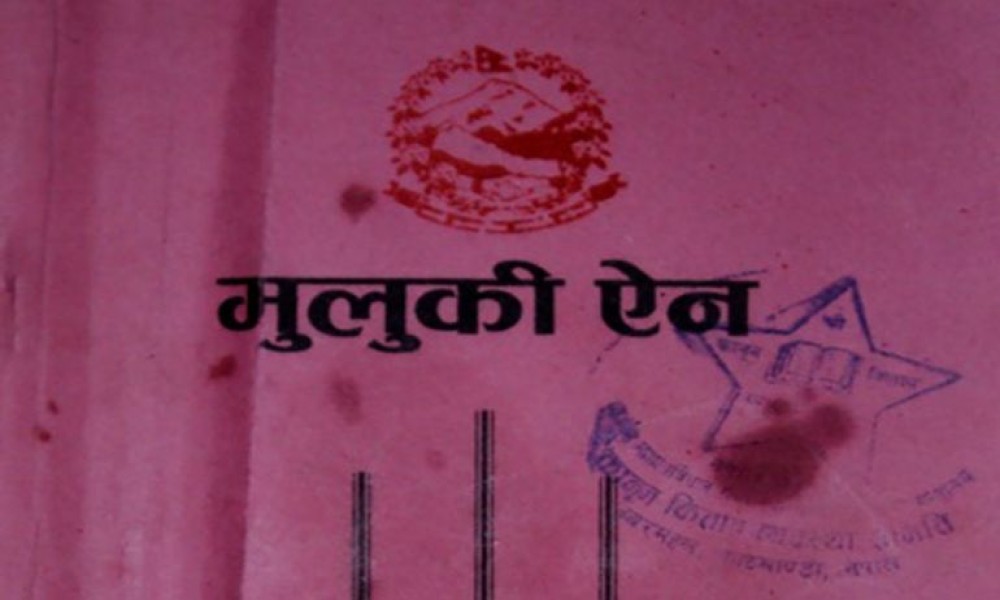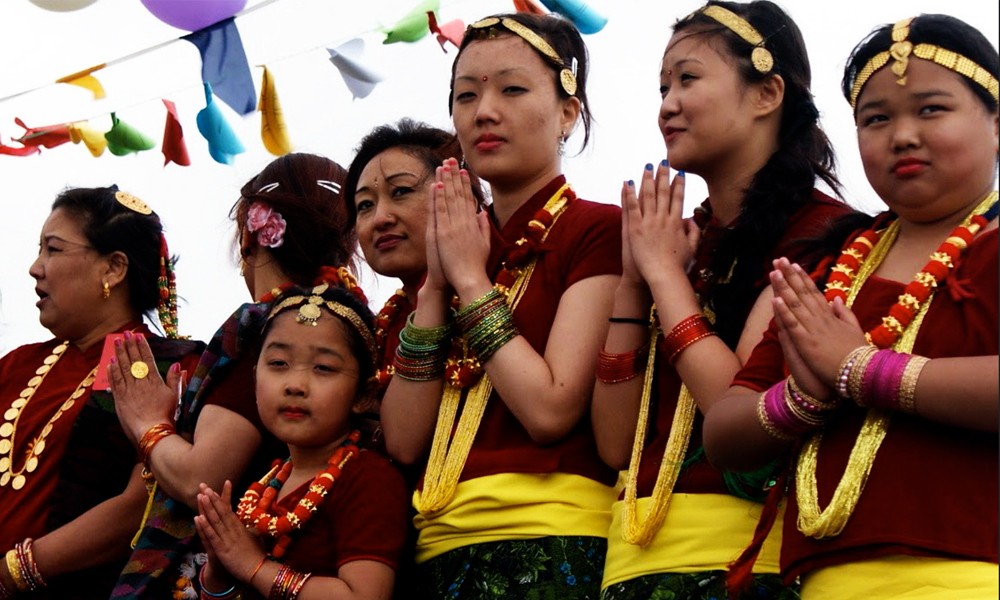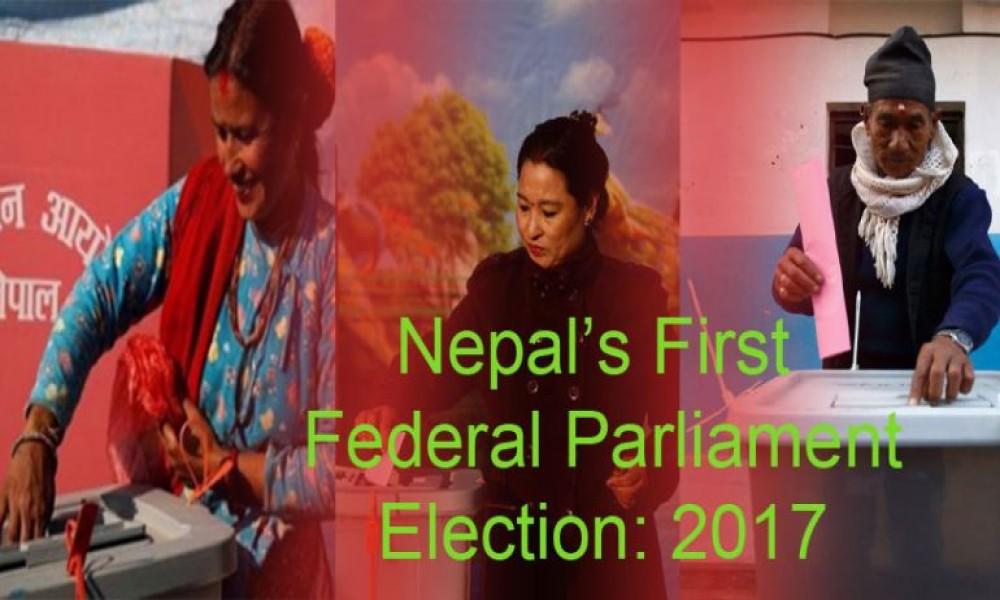Who is a racist? This question has polarized the Nepali society in the last two decades. Nepal's ruling castes, Bahuns and Chhetris, accuse indigenous nationalities of stoking communal hatred by demanding ethnicity-based federal provinces. For them, ethnicity-based federalism could be the precursor of disintegration of the country. On the other hand, indigenous nationalities say the ruling castes are racists because they have always enjoyed the state privileges at the cost of marginalization of ethnic communities.
Who is a racist? Nepal's ruling castes, Bahuns and Chhetris, accuse indigenous nationalities of stoking communal hatred by demanding ethnicity-based federal provinces, while, indigenous nationalities say the ruling castes are racists because they have always enjoyed the state privileges at the cost of marginalization of ethnic communities.
So who is right? This article is an attempt to answer this question. To find the answer, I have tried to analyze Muluki Ain and its impact on the society. Muluki Ain, introduced by Janga Bahadur Rana on 22 December 1854, was the first law of the land. It was a legal tool based on the principles of Manu Smriti, a Hindu religious text criticized for its discriminatory nature. More than 95 per cent of the total 212 legislators who endorsed this act were Bahuns.
Muluki Ain legalized Hindu caste hierarchy and racial discrimination propounded by Manu Smriti. In essence, Manu Smriti believes that Brahmins (Bahuns) were born out of the mouth of Brahma, one of the Hindu trinity gods who is believed to have created the universe. So Bahuns are pure like gods. Chhetris were born out of hands of Brahma. So they were inferior to Bahuns, but were physically powerful. They rose as warriors. Baisya were born out of the hip, and they were somewhere middle in the caste hierarchy. But Dalits were born out of the feet, so they were the most inferior group. Muluki Ain legalized this discriminatory concept of Manu Smriti, laying foundation for discrimination of Dalits and Janajatis and the rise of Bahuns as a ruling class.
For centuries, Bahuns earned a living by looking after religious shrines as priests. How did they reach the corridors of power in Nepal from temples and shrines? The answer is: they were clever enough to influence laws and make them work in their favor.
After Muluki Ain was introduced, Bahuns grabbed the power. Chhetris fought wars and won territories, but Bahuns were the masterminds. Had it not been for the pro-Bahun Muluki Ain, it would not have been possible for Bahuns to rise as the rulers. In a 1995 article titled as 'Bahunbad: Myth or Reality', sociologist Prof Dr Kamal Prakash Malla has claimed that Bahuns did not believe in fate but worked harder than others to reach where they are today. But he has failed to look at how Bahuns have enjoyed the pro-Brahmin Muluki Ain to rise as a ruling class. For centuries, Bahuns earned a living by looking after religious shrines as priests. How did they reach the corridors of power in Nepal from temples and shrines? The answer is: they were clever enough to influence laws and make them work in their favor.
During the reigns of the Shahs and Ranas, Bahuns worked behind the curtains. After the political change of 1950, they found a place at the forefront of politics.









